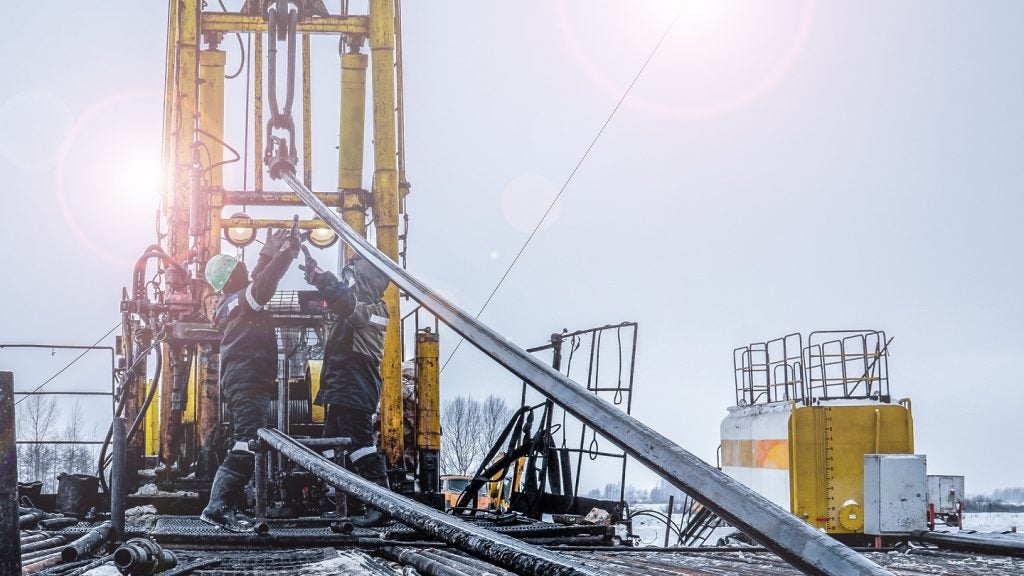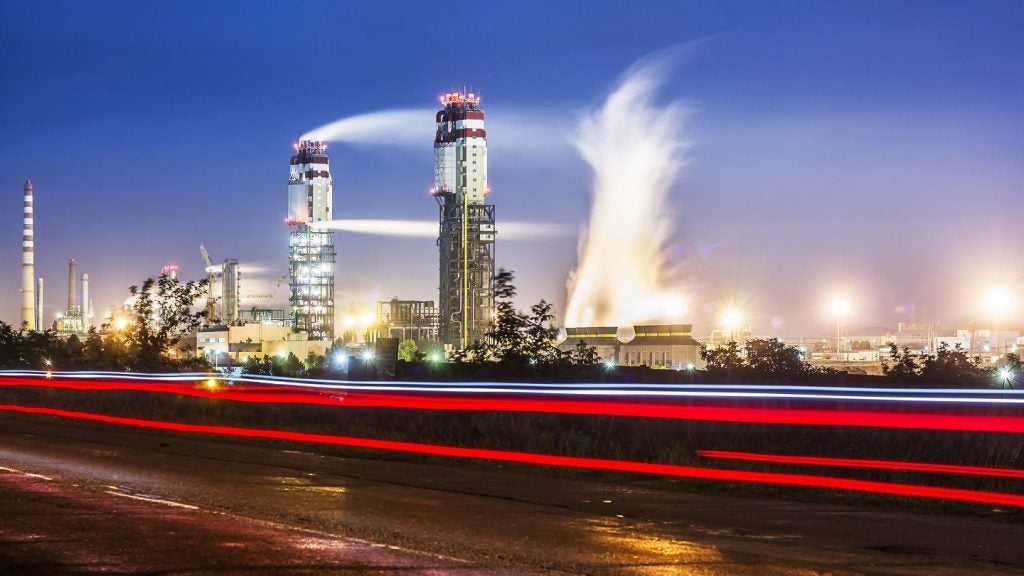EA/EJA is a producing conventional oil field located in shallow water in Nigeria and is operated by SPDC JV. According to GlobalData, who tracks more than 34,000 active and developing oil and gas fields worldwide, the field is located in block OML 79, with water depth of 95 feet. Buy the profile here.
An expansion project is associated with the EA/EJA, namely the EA Further Development. This project is currently in the construction stage.
Field participation details
The field is owned by Eni, NNPC, Shell and TotalEnergies.
Production from EA/EJA
The EA/EJA conventional oil field recovered 96.08% of its total recoverable reserves, with peak production in 2004. Based on economic assumptions, production will continue until the field reaches its economic limit in 2027. The field currently accounts for approximately 1% of the country’s daily output.
Contractors involved in the EA/EJA conventional oil field
Some of the key contractors involved in the EA/EJA project as follows.
Other Contractors: Epanoe Nigeria and IMPAC Engineering
For more details on the EA/EJA Conventional Oil Field, buy the profile here.
Data Insights
From

The gold standard of business intelligence.
Blending expert knowledge with cutting-edge technology, GlobalData’s unrivalled proprietary data will enable you to decode what’s happening in your market. You can make better informed decisions and gain a future-proof advantage over your competitors.






